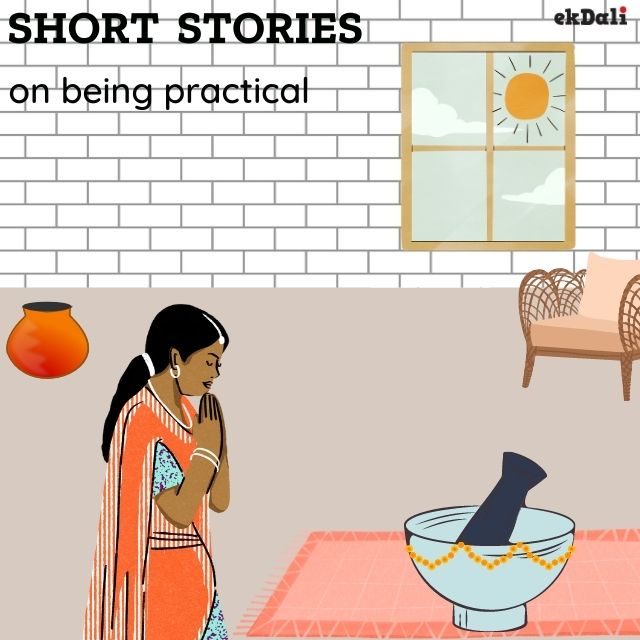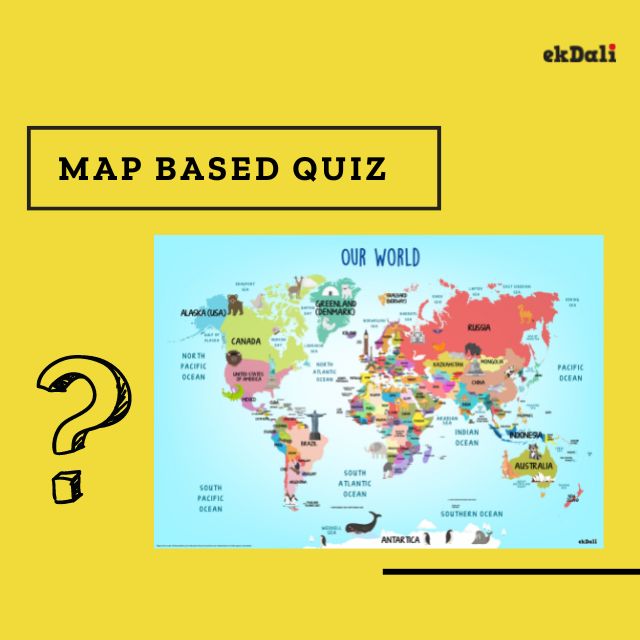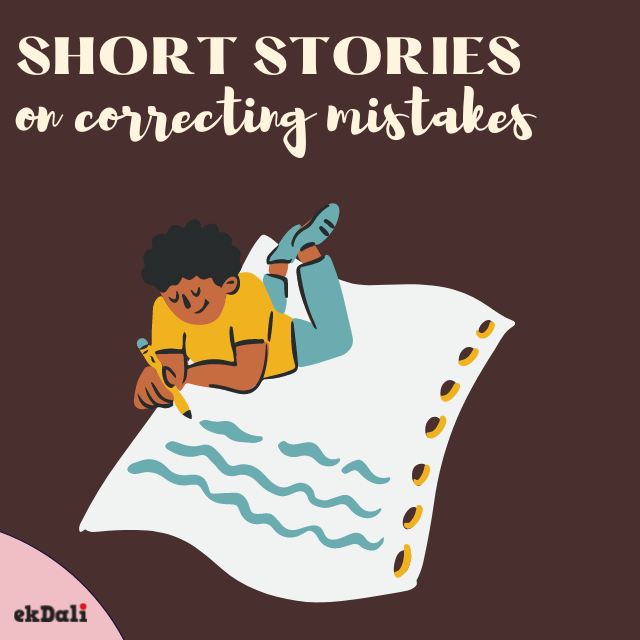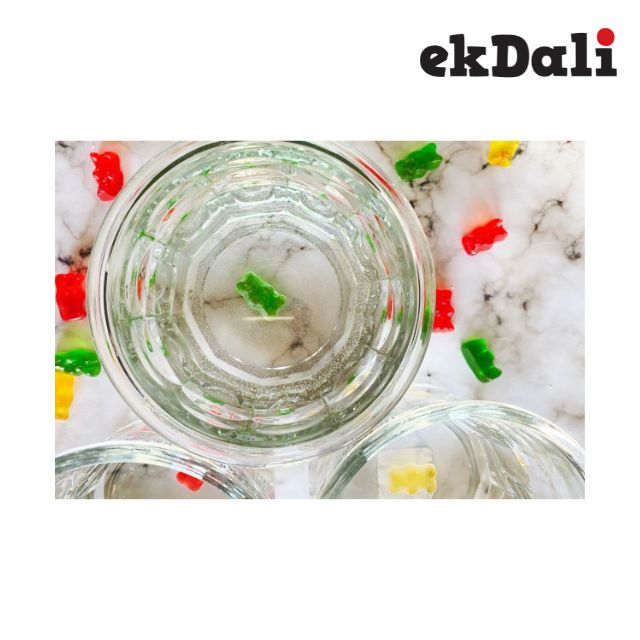Let's look at two enjoyable and simple crafts that you may make using supplies you can generally find at home. Additionally, you can learn science from them!
Before we begin the exercises, please keep in mind that you will need an adult nearby to lead you and assist you with some challenging stages.
Are you ecstatic? Let's begin!
Experiment 1 – Germination
One of your first scientific classes will cover the germination process, which is a key step in growing plants.
What you'll need:
- Soil
- A plant pot or a round plastic plate with an 8 to 10 cm radius.
- Wheatgrass seeds
- Water, please
- The gloves (optional)
Procedure:
1. Spread out equally on the plate the first half of the soil. Make sure a grownup assists you. Wear gloves while performing this task, please.
2. Sow all the seeds on the earth, scatter it well. P.S. Wheat grass grows quickly, therefore we use it! You can plant any type of seed, but sprouts and mustard, which develop quickly, are recommended.
3. Over the seeds, dispense the remaining soil. It has been thoroughly combined.
4. The seeds need water. Pour just enough water to make it damp but not stopping!
5. Wait two days with the plate or pot in the sun. Make certain to water it every day. The smallest plants will start to sprout! Additionally, you can use a growth tracker to weigh yourself every day and measure your height!
Lesson Acquired:
- From seeds, plants are grown.
- Seeds require soil nutrients, sunlight, and water.
- Plants start to sprout when they absorb these three crucial components!
Experiment 2: sink or float
Water games are undoubtedly entertaining, aren't they? How intriguing is it to play with water while learning something about science?
Prepare yourselves for a fun game of "Sink or Float."
Items required:
- Any object, including a ball, a toy automobile, or various sized toy animals. Avoid water-absorbing toys.
- Water in a bathtub
- Paper and a pen
Procedure:
1. Request that the adult create two columns on the sheet of paper with the headings "SINK" and "FLOAT."
2. Keep the equipment and toys available.
3. The youngster must drop each item, one at a time, into the water-filled tub (make sure it is not FULL).
4. After dropping the first item, wait 20 seconds to see if it floats or sinks. Place the object's name in the appropriate column.
5. Drop all of the items you kept to see which ones float and which ones sink.
Lessons Discovered
- Denser, heavier items sink in water
- Lighter objects float on water.
- The water beneath an object causes it to sink or float by pushing or pulling it up or down. In order to verify this, try putting some of the lighter items all the way into the water while removing your hand. The items will immediately rise and start to float.
Did you like studying some crucial scientific principles?
























